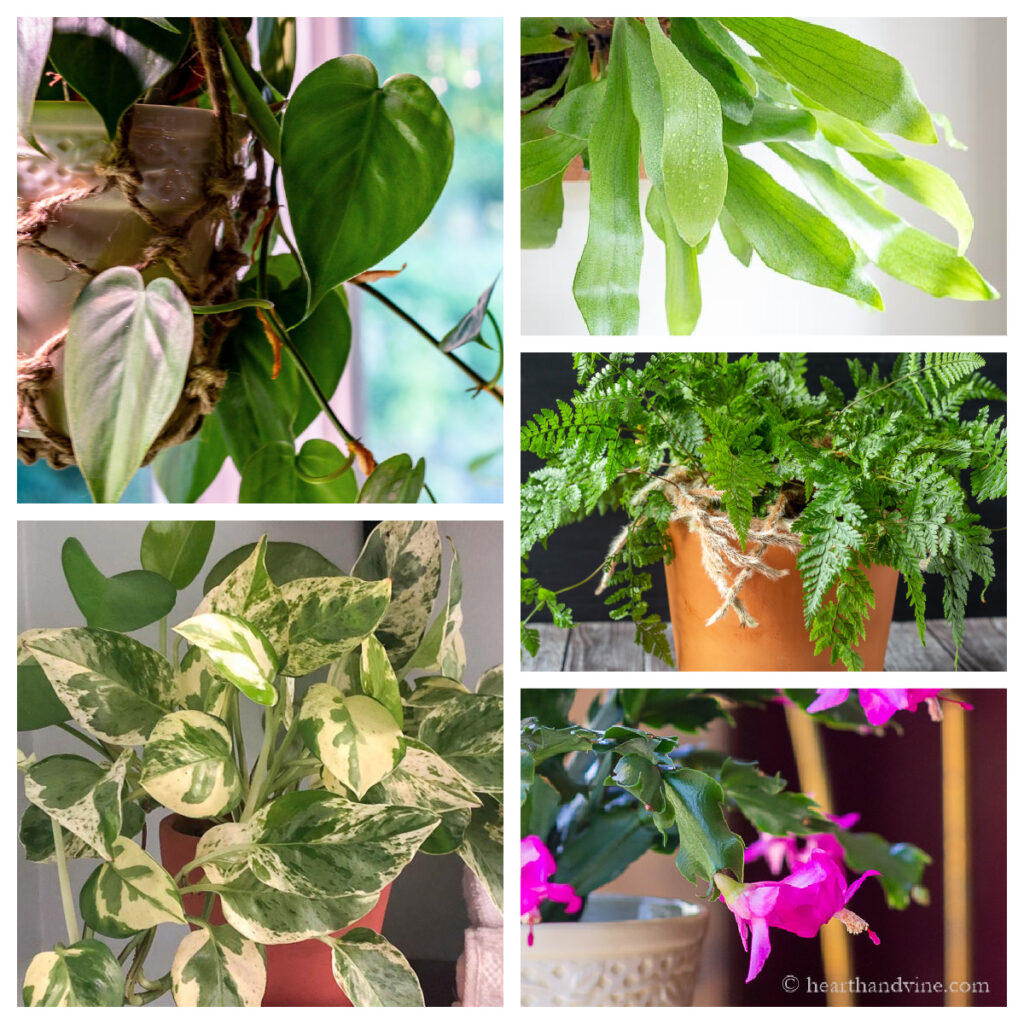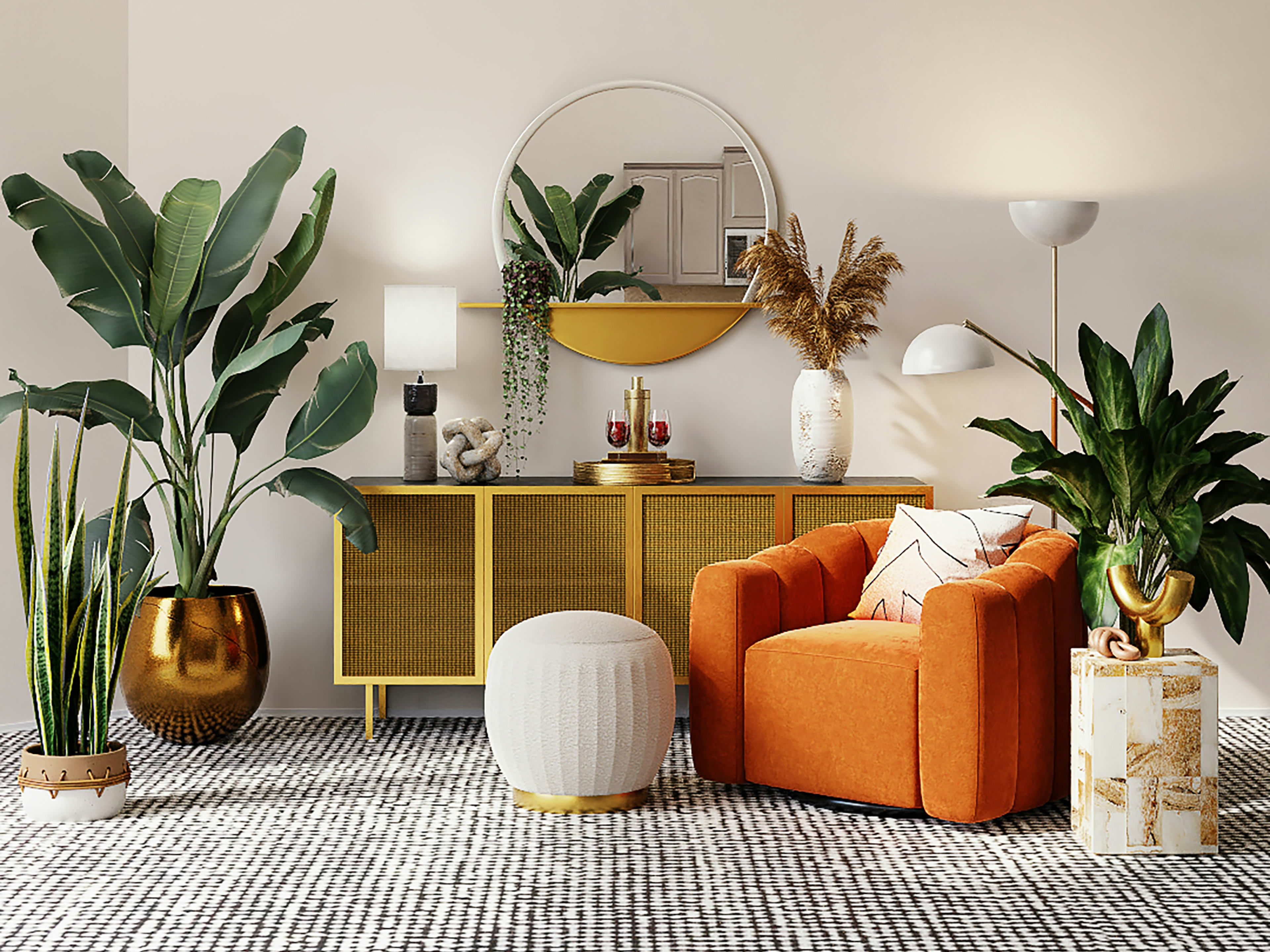Top Picks for the Best Low-Light Indoor Plants to Brighten Your Room
Top Picks for the Best Low-Light Indoor Plants to Brighten Your Room
Blog Article
Discover the Finest Low-Light Indoor Plants for Enhancing Your Home Décor
Including low-light interior plants right into your home decor can significantly improve both visual appeals and environment, especially in spaces that lack plentiful all-natural light. Ranges such as the Snake Plant and ZZ Plant not just bring life to dim edges yet likewise contribute to improved air high quality and total health.

Why Pick Low-Light Plants
Why opt for low-light plants in your interior rooms? The modern living setting typically provides obstacles such as minimal all-natural light, making it challenging for conventional houseplants to prosper. Low-light plants are specifically adapted to flourish and endure in these problems, using a viable solution for people seeking to enhance their interior spaces without the added stress and anxiety of maintaining a lot more light-demanding vegetation.
In enhancement to their strength, low-light plants add substantially to the visual appeals of a room. Their varied range of colors, sizes, and forms allows for special indoor layout opportunities, producing welcoming and dynamic ambiences. Moreover, interior plants are recognized for their air-purifying qualities, enhancing interior air high quality by filtering toxins and launching oxygen, which can improve general well-being.
Low-light plants also require minimal maintenance, making them specifically appealing to active people or those brand-new to gardening. Their flexibility enables positioning in different atmospheres, from office spaces to dimly lit edges of the home. By picking low-light plants, you can delight in the advantages of plant without the restraints that typically come with typical horticulture, inevitably cultivating a much healthier and a lot more visually appealing indoor setting.
Top Low-Light Indoor Plants
For those looking for to improve their interior spaces with greenery that flourishes in low-light conditions, a number of plant options stand apart for their resilience and aesthetic allure. The Serpent Plant (Sansevieria trifasciata) is a prominent choice, understood for its upright, sword-like leaves and capacity to tolerate overlook. This durable plant can make it through in poorly lit locations while boosting indoor air quality.
Another outstanding option is the Pothos (Epipremnum aureum), identified by its heart-shaped leaves and tracking vines. Pothos is not just versatile to reduced light but additionally provides a striking aesthetic contrast when put on racks or hanging baskets.
The ZZ Plant (Zamioculcas zamiifolia) is similarly outstanding, boasting glossy, dark environment-friendly fallen leaves that can cheer up any edge. Its drought resistance makes it ideal for active property owners.
Care Tips for Low-Light Plants
How can you make certain that your low-light indoor plants grow in spite of minimal sunlight? First, select the suitable potting mix that gives good drain while maintaining moisture. A well-aerated dirt, such as a mix of potting dirt and perlite, can help stop root rot.
Watering is critical; low-light plants normally need much less constant watering compared to their sun-loving counterparts. Always inspect the leading inch of the dirt-- if it really feels completely dry, it's time to water. Be cautious of overwatering, as this can bring about fungal issues and origin degeneration.
Feeding low-light plants should be done sparingly - Best low-light indoor plants. Utilize this article a balanced, water-soluble fertilizer during the growing season, however reduce or remove fertilization in the inactive months
Furthermore, dust can build up on fallen leaves, preventing photosynthesis. Carefully clean the fallen leaves with a wet fabric to keep them clean.
Last but not least, observe your plants very closely. Indications of distress, such as yellowing fallen leaves or leggy growth, can show that your plant requires changes in treatment (Best low-light indoor plants). By following these treatment tips, your low-light indoor plants can flourish, including charm and vigor to your home
Innovative Ways to Present Plants
Raising the visual charm of your interior room can be achieved by attentively showing your low-light plants in creative means. Consider making use of vertical room to your advantage; wall-mounted shelves can display tracking plants like pothos or philodendron, adding lushness while saving flooring area. Additionally, make use of plant stands of varying elevations to produce aesthetic passion and depth, attracting the eye up.
Hanging planters are one more outstanding option, using a significant effect when put on hold from the ceiling or hooks. Macramé wall mounts can introduce structure and bohemian flair, while modern-day ceramic wall mounts can suit a minimal visual. For a much more innovative method, repurpose unique containers such as vintage teacups or glass jars, which can include personality to your screen.
Organizing plants in clusters is also efficient; use differing pot dimensions and colors to produce a cohesive look. This technique not just enhances visual influence yet additionally offers an all-natural environment feel - Best low-light indoor you could check here plants. Last but not least, think about positioning plants near source of lights like lights or home windows to optimize their development and display their vivid vegetation, therefore enhancing the total atmosphere of your interior setting.
Benefits of Indoor Plant
Numerous research studies have shown that incorporating indoor greenery right into your living space supplies a wide range of benefits, boosting both mental and physical well-being. Among one of the most considerable advantages of indoor plants is their ability to enhance air top quality. Plants take in co2 and release oxygen, developing a healthier ambience while also straining dangerous toxins, therefore promoting respiratory system health and wellness.
In addition, the visibility of plant has actually been linked to reduced stress levels. Study shows that connecting More hints with plants can reduce cortisol degrees, which are linked with stress and anxiety. This soothing result can lead to enhanced mood and raised productivity, making indoor plants a perfect addition to offices.
In addition, interior greenery can enhance cognitive feature. Research studies recommend that environments enhanced with plants can result in boosted emphasis, imagination, and overall psychological clearness. The aesthetic allure of indoor plants additionally adds to a much more inviting and pleasurable environment, positively influencing social interactions and overall complete satisfaction within an area.
Conclusion

Integrating low-light interior plants into your home decoration can substantially enhance both aesthetic appeals and atmosphere, specifically in rooms that do not have abundant natural light. Varieties such as the Serpent Plant and ZZ Plant not only bring life to dim corners however additionally contribute to boosted air top quality and general health. Interior plants are known for their air-purifying top qualities, improving indoor air high quality by filtering system toxic substances and releasing oxygen, which can enhance overall well-being.
For those seeking to boost their indoor areas with greenery that prospers in low-light conditions, a number of plant choices stand out for their durability and visual charm. These resilient plants, such as the Serpent Plant and ZZ Plant, thrive in dim conditions and require minimal maintenance, making them appropriate for different way of livings.
Report this page